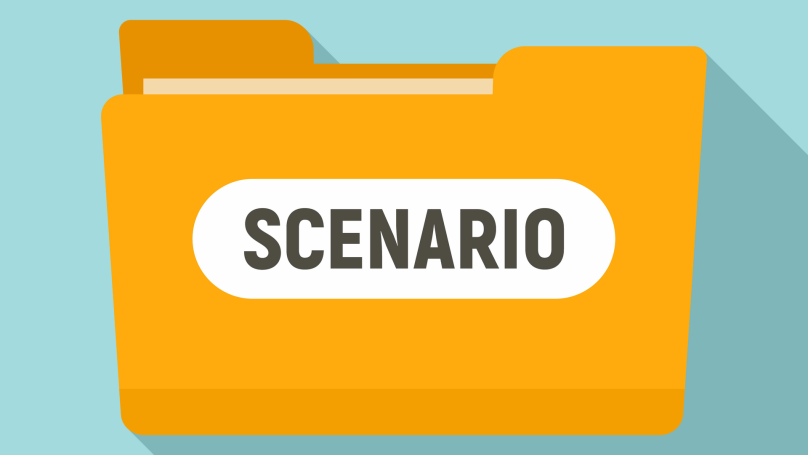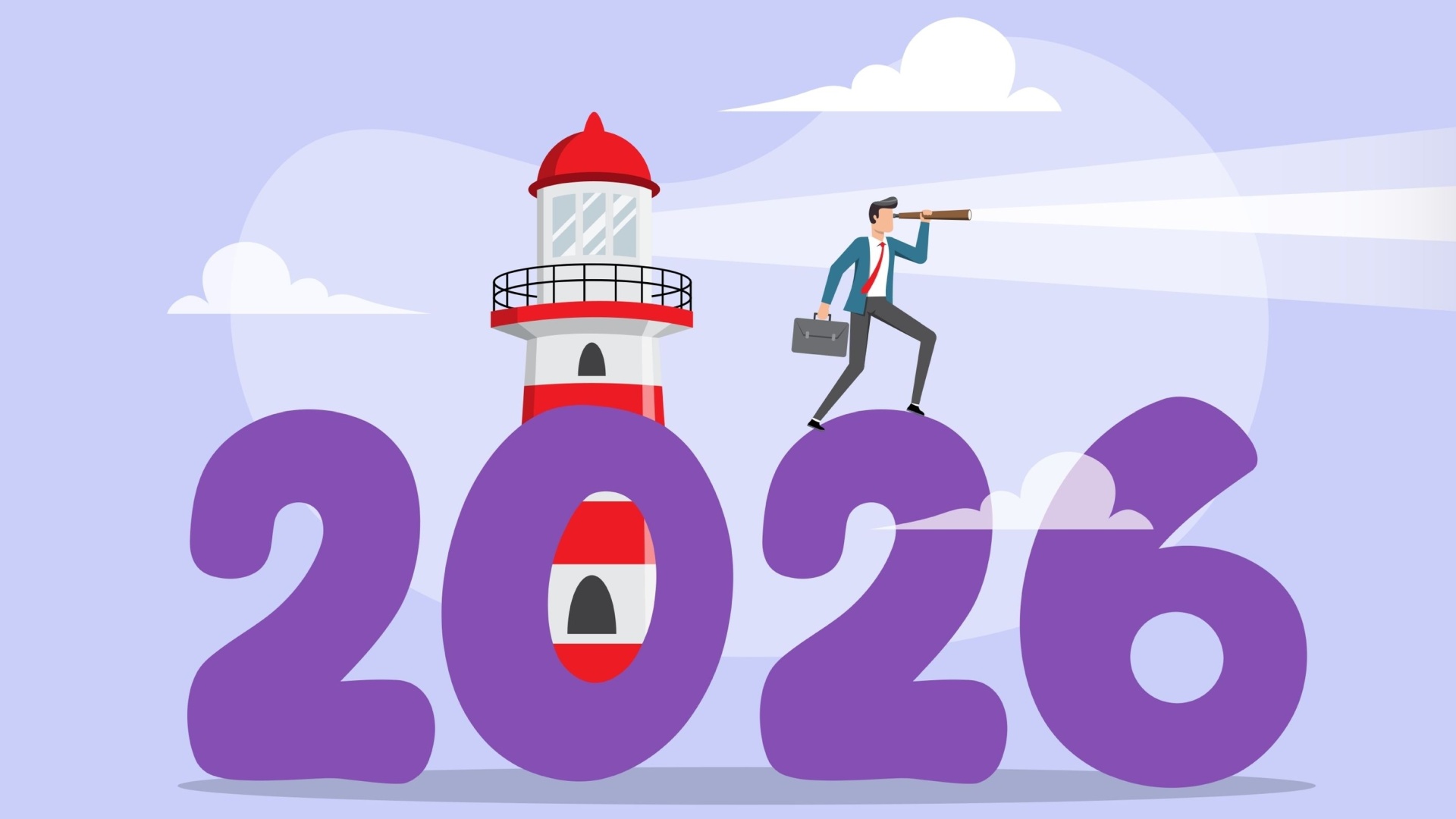How to write a script for a video
A script is as vital an element of a video as a good camera, correctly exposed lighting and a good location for shooting.

The script helps not only to navigate the scenes during shooting and to cover all the essential topics, but it also dramatically simplifies the editing of the footage. At any time, you can see what the order of the frames should be, and what you need to cut. When you have a script, you don't have to pick the camera back up during post-production to shoot the missing topics. If your video needs props or footage from a specific location, your script will also help you calculate your budget more accurately.
Decide upon your goal

Why do you want to shoot a video? What's your ultimate goal? The answers to these questions will allow you to understand the direction the script should develop in and what questions you need to answer in the video. For example, filming an interview, a tutorial, or a sales video for your product requires a different video format. Or maybe you want to make a viral video? In this case, the main emphasis must be on the script.
A good script should contain not only an excellent text but also bold graphics. Create a storyboard of the main scenes that should be in the video. Schematically indicate what should be in the frame - where you are in the frame, where your guests (if any) are, and what props are in the video. Add annotations to the pictures: where you want to add text, and where the shooting takes place in each frame because if you've specified in advance what should be in the frame, it will make it a lot easier to navigate when you're making the recording.
Video format

Before writing a script, it's vital to know who your intended target audience are, and based on this, to select the right format for your video. The portrait of the content's final consumer determines what the video should be like, its timing and your tone of voice with which you address the audience.
It could be a detailed story about a product, a short entertainment video, or a vlog. Remember, the format has a strong influence on whether the viewer clicks on the video and watches it to the end.
The script structure. Introduction, climax, and denouement

The classical movie script has a story arc in three acts: the setup, confrontation, and the resolution. This format is also suitable for a YouTube video.
The introduction is the first stage of the video. You need to capture the interest of your viewer: explain what the video is about, unpack the product, or introduce a guest if you are filming an interview. The first shots should interest the viewer and show that the content correlates with the title.
For the second stage, you need to portray a line of conflict or introduce intrigue to spice things up in the middle of your video because it will help captivate your viewer's interest and hold their attention. If you're interviewing, ask a question that will break the ice and get them feeling relaxed, talking, and open up to you. Are you shooting a review for your product? Then tell your audience about the problems people face when using similar things. Let the viewer see that you are an expert in this area and understand their concerns. The climax is the most crucial part of the video if you're planning on making a viral video. Try to evoke emotion in the viewer and make them focus.
In the finale, you need to answer the questions raised and provide the information that the viewer was looking for. Moreover, tell your audience where to buy your product, or give an answer to the topic of your video.
Write a script

The text should be simple and straightforward. Make sure your audio is clear and understandable, avoid unnecessary jargon and terminology, and remember to read out loud the text you've written to check how it sounds. If you are tongue-tied, try rewriting the sentence, remove superfluous words, and break up the bulky sentences.
When the text is ready, describe in detail what you need for filming - where you will shoot, at what time of day, what people or objects should be in the video, and what equipment will be required. A detailed list will be useful for all participants of the shooting: the actor, the cameraman, and the editor.
If you shoot outside, record the time and weather that was in the frame. If you must finish shooting the missing material, the light in the frame and the environment should be the same.
Decide whether you need a voice-over and background music at the stage of writing the script. If you can't get the rights to use the appropriate music, you will have to make changes to the already prepared script. If you don't have a lanyard clip for recording high-quality sound and you don't want a microphone in the frame, then the entire video will need to be re-dubbed.
Make a storyboard

Sketch out the main-frames that should be in the video so that all participants in the filming process understand the structure of the video and what result you want. The storyboard is useful not only for preparation but also for shooting. The cameraman will know precisely what needs to be in the frame and when to take a close-up. The rest of the participants making the film will oversee the process and remind you if something was missed and not filmed. Even in post-production, storyboarding will be helpful. Being able to see the planned order and structure of the video on the storyboard enables the editor to edit the film correctly, without every minute specifications.
Remember, whether or not the viewer watches your video to the end or not is determined in the first ten seconds of the video. A viewer's interest is influenced by the timing of the video, background music, human behaviour in the frame, and the quality of shooting. If at the stage of writing the script, you understand what you're missing, you will be able to prepare the equipment and props and instruct the team in advance so that the final result is not disappointing. A detailed script will help not only to shoot a high-quality video but also significantly reduce the cost of renting shooting equipment and the salaries of the participants.
Share this with your friends via:
Latest News

A significant stage in the development of the alternative education system has begun in West Northamptonshire in the UK: the County Council is actively calling on parents, guardians, and trustees to participate in shaping the future of this key area.

Outwoods Primary School in Atherstone, Warwickshire, having experienced deep sadness after the loss of their famous cat, Silla, has found solace in a new pet – a Maine Coon named Aloysius O’Hara.

In modern universities, artificial intelligence, and in particular ChatGPT, is rapidly transforming from a controversial tool into a full-fledged student assistant.

An innovative educational project is gaining momentum in UK primary schools, aiming to change attitudes towards video games.

The Massachusetts Institute of Technology (MIT) presents MIT Learn – a revolutionary online platform that opens a “new front door” to access university knowledge and resources.












 Life After the Holidays: How to Beat the Post-New Year Blues
Life After the Holidays: How to Beat the Post-New Year Blues
 Which Christmas Movie Character Are You?
Which Christmas Movie Character Are You?
 Your New Year’s Forecast: What Awaits You in the New Year?
Your New Year’s Forecast: What Awaits You in the New Year?
 Test. What Career Goal Should You Set for Next Year?
Test. What Career Goal Should You Set for Next Year?
 Test. Which New Year Archetype Are You?
Test. Which New Year Archetype Are You?
 Test. How Should You Spend the Winter Holidays?
Test. How Should You Spend the Winter Holidays?
